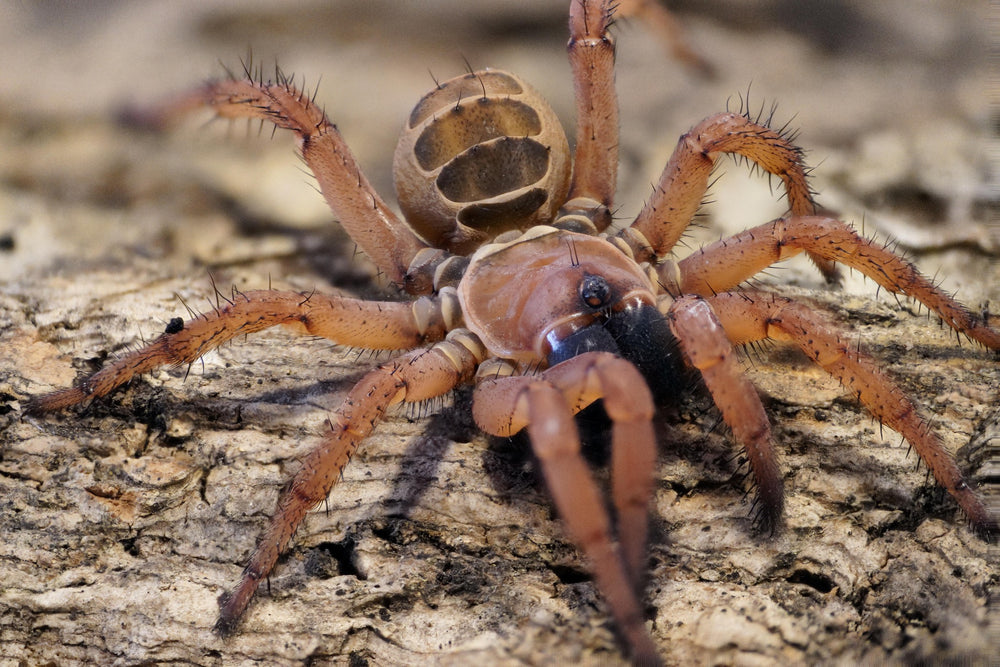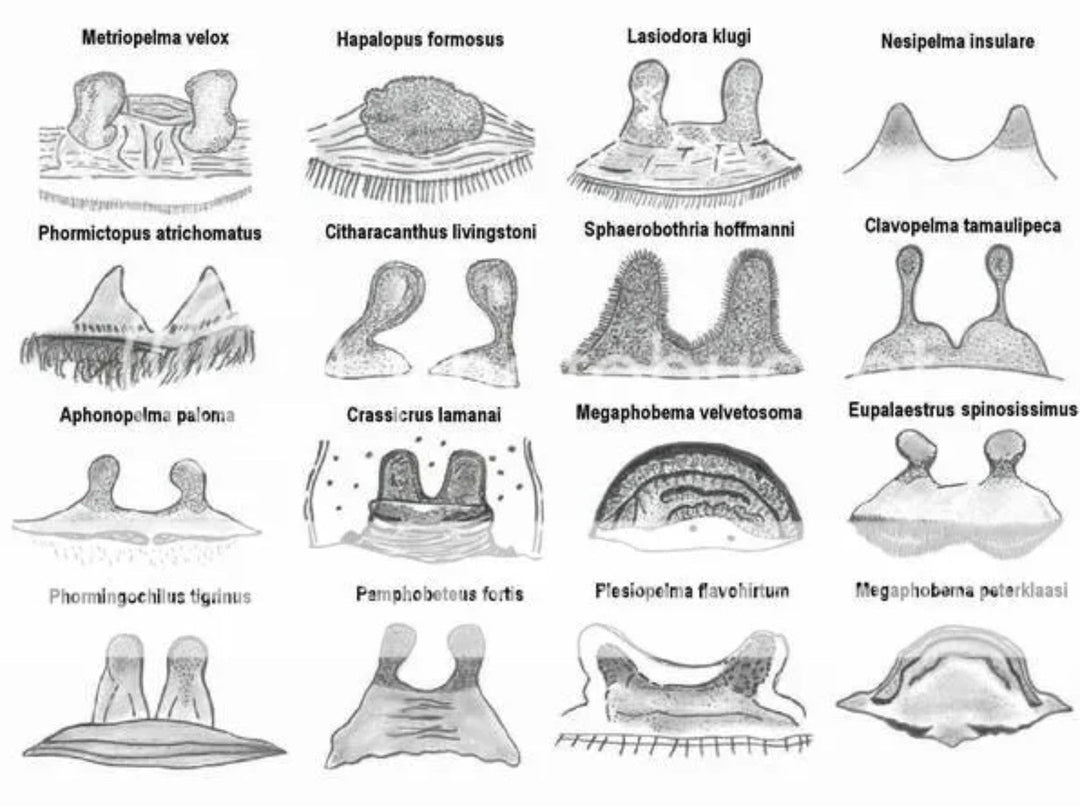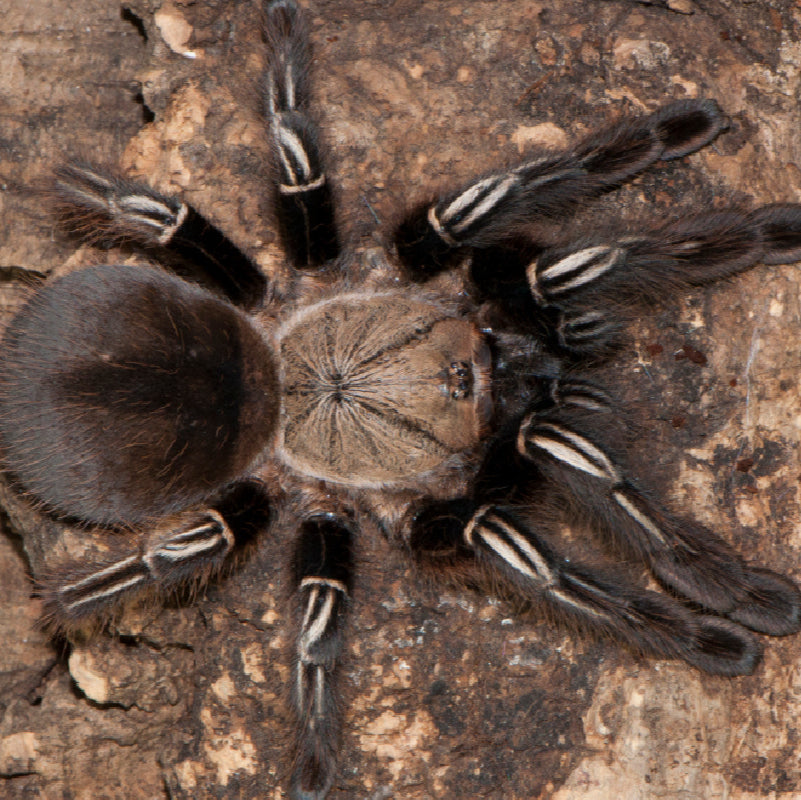Welcome to Tarantula Keeping!
If you’re fascinated by tarantulas, you’re in for a treat! These intriguing creatures make excellent pets for several reasons:
-
Low Maintenance: Tarantulas require minimal daily care compared to traditional pets. They don’t need frequent feeding, and their enclosures are easy to clean.
-
Space-Saving: They need relatively small habitats, perfect for apartments or homes with limited space.
-
Educational: Keeping tarantulas offers a unique opportunity to learn about arachnid behavior, biology, and ecology.
-
Diverse Species: With a wide variety of species available, each with its own unique appearance and habits, there’s a tarantula to suit everyone’s interests.
Tarantulas can be captivating, low-maintenance companions that provide endless fascination and educational value. Welcome to the world of tarantula keeping!
Basics of Caring for Tarantulas
1. Housing:
-
Enclosure: A secure, well-ventilated tank or terrarium with a tight-fitting lid. Size should be appropriate for the species.
-
Substrate: Use a substrate like coconut fiber, peat moss, or vermiculite to allow burrowing and maintain humidity.
-
Hides and Climbing: Provide hiding spots and, for arboreal species, vertical climbing structures.
2. Temperature and Humidity:
-
Temperature: Keep the enclosure within the species-specific temperature range, generally between 70-85°F (21-29°C).
-
Humidity: Maintain proper humidity levels, typically between 60-80%, using a hygrometer to monitor.
3. Feeding:
-
Diet: Feed tarantulas live prey such as crickets, roaches, or mealworms. The size of the prey should be appropriate for the tarantula.
-
Frequency: Young tarantulas may need feeding once a week, while adults can be fed once a week or less.
4. Water:
-
Water Dish: Provide a shallow water dish that is cleaned and refilled regularly. Mist the enclosure if needed to maintain humidity.
5. Handling:
-
Minimize Handling: Tarantulas are delicate and can be stressed by frequent handling. It's best to admire them through the enclosure.
6. Health and Safety:
-
Observation: Regularly check for signs of molting, illness, or stress. A healthy tarantula will be active and have a full abdomen.
-
Safe Environment: Ensure the enclosure is escape-proof and free from hazards.
By understanding and meeting these basic needs, you can provide a comfortable and healthy environment for your tarantula.





